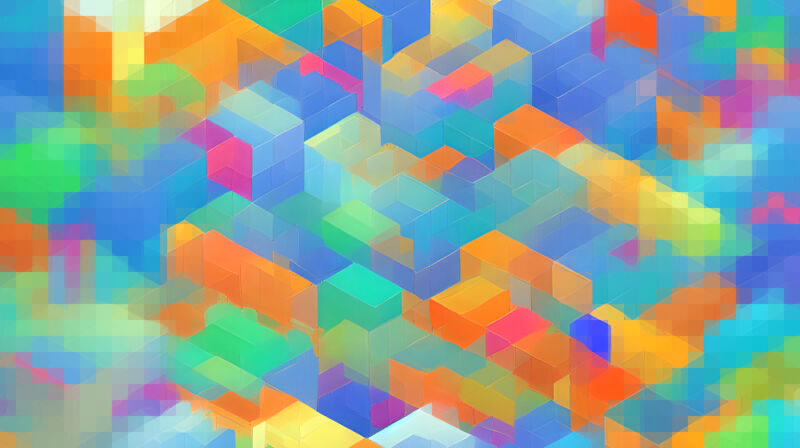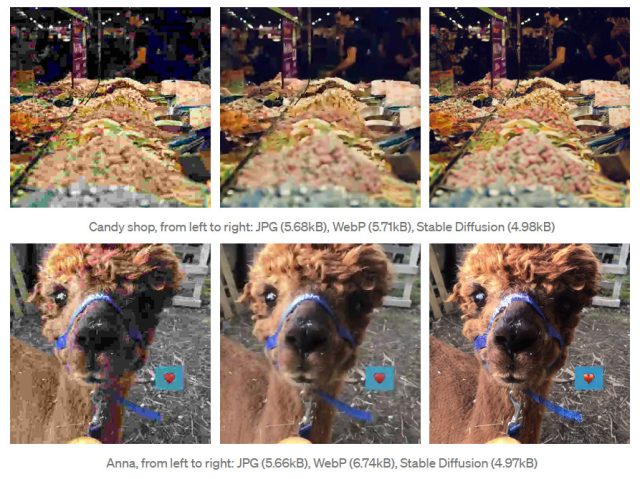
Benj Edwards / Ars Technica
Very last week, Swiss software engineer Matthias Bühlmann learned that the well known impression synthesis product Stable Diffusion could compress existing bitmapped pictures with much less visual artifacts than JPEG or WebP at higher compression ratios, even though there are important caveats.
Steady Diffusion is an AI picture synthesis product that typically generates images based mostly on textual content descriptions (known as “prompts”). The AI model discovered this capacity by learning thousands and thousands of visuals pulled from the Web. Through the education system, the model would make statistical associations between photographs and linked words, creating a a lot scaled-down representation of important information and facts about each individual graphic and storing them as “weights,” which are mathematical values that depict what the AI impression design appreciates, so to talk.
When Stable Diffusion analyzes and “compresses” photographs into pounds variety, they reside in what researchers connect with “latent area,” which is a way of saying that they exist as a kind of fuzzy likely that can be realized into pictures the moment they are decoded. With Steady Diffusion 1.4, the weights file is roughly 4GB, but it signifies expertise about hundreds of millions of visuals.

Although most people use Stable Diffusion with textual content prompts, Bühlmann slash out the text encoder and in its place compelled his illustrations or photos by means of Stable Diffusion’s impression encoder method, which normally takes a very low-precision 512×512 picture and turns it into a bigger-precision 64×64 latent space illustration. At this stage, the impression exists at a much smaller sized info sizing than the authentic, but it can continue to be expanded (decoded) back again into a 512×512 picture with relatively great results.
Though operating checks, Bühlmann identified that a novel image compressed with Steady Diffusion looked subjectively far better at bigger compression ratios (lesser file dimensions) than JPEG or WebP. In just one case in point, he displays a picture of a llama (at first 768KB) that has been compressed down to 5.68KB employing JPEG, 5.71KB utilizing WebP, and 4.98KB applying Stable Diffusion. The Steady Diffusion image seems to have far more settled aspects and fewer noticeable compression artifacts than all those compressed in the other formats.

Bühlmann’s method at this time arrives with substantial restrictions, having said that: It is not superior with faces or textual content, and in some conditions, it can essentially hallucinate specific options in the decoded picture that ended up not present in the supply image. (You most likely you should not want your picture compressor inventing specifics in an picture that never exist.) Also, decoding calls for the 4GB Steady Diffusion weights file and extra decoding time.
Although this use of Secure Diffusion is unconventional and extra of a entertaining hack than a practical option, it could perhaps stage to a novel potential use of picture synthesis styles. Bühlmann’s code can be uncovered on Google Colab, and you can obtain much more technological facts about his experiment in his article on To AI.








